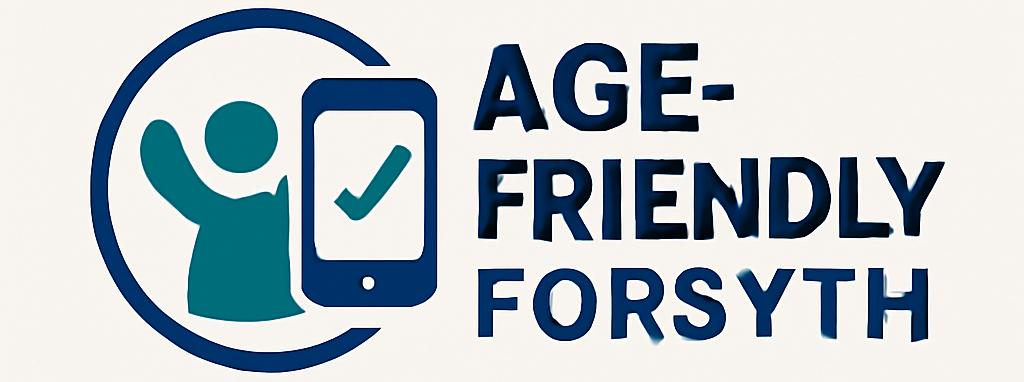The modification of the audible alert emitted by an Android device upon receiving a new text or application message allows users to personalize their mobile experience. This involves accessing the device’s settings menu, navigating to the sound or notification options, and selecting a preferred tone from a pre-installed list or a user-added audio file. The chosen sound then becomes the designated indicator for incoming messages.
Customizing these alerts offers several advantages. It enables immediate identification of message origin without visual inspection, differentiating personal communications from less urgent notifications. This capability enhances focus, reduces distraction, and improves overall user satisfaction. Historically, while early mobile devices offered limited customization, modern operating systems provide increasingly granular control over alert sounds, reflecting a growing emphasis on user experience.
